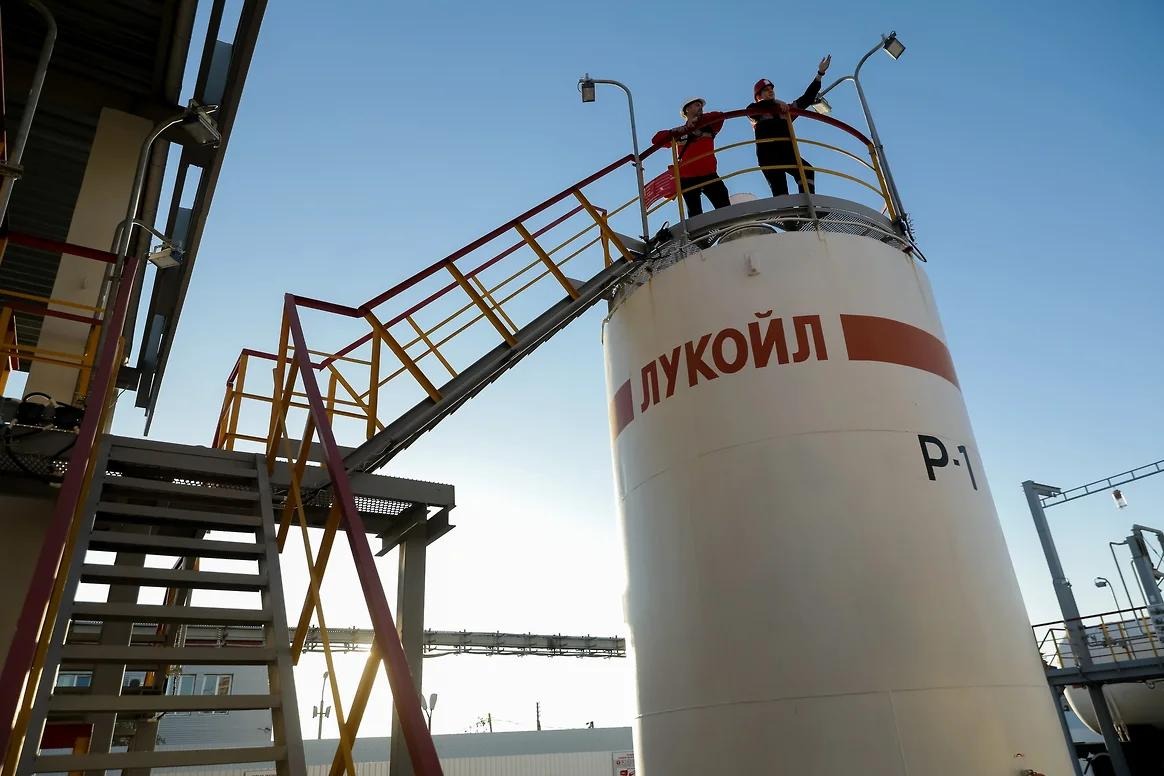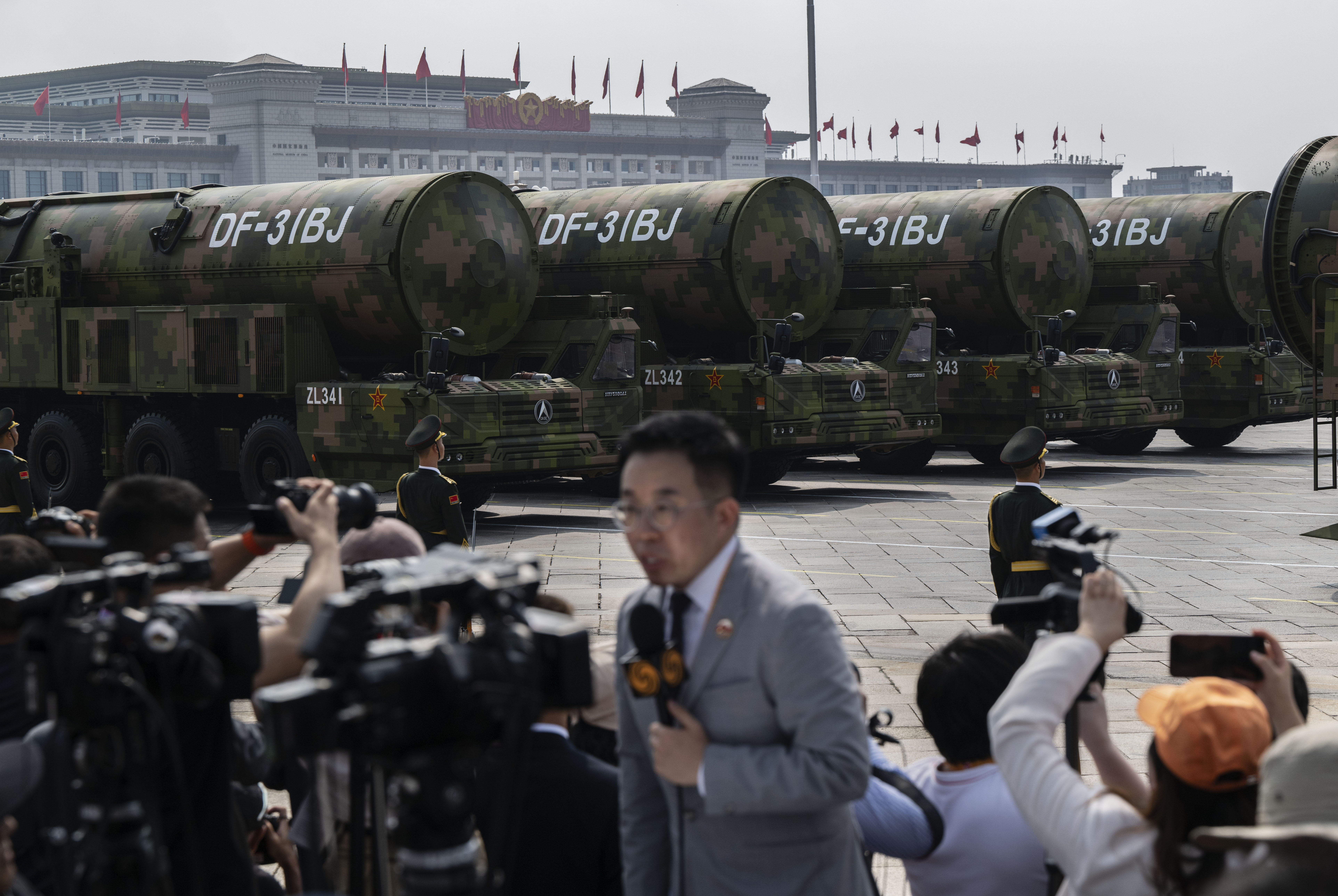FINNISH AUTONOMY FOR CHECHNYA? “
FINNISH AUTONOMY FOR CHECHNYA? “
Of course,” Primakov said to Le Monde, “one must offer Chechnya special rights within Russia. Take the example of Finland: During tsarist times, [Finland] was granted an autonomy so broad that the Finns were able not to surrender Russian revolutionaries who had conducted a congress on their territory.” In his recent encyclopedic study, The Russian Empire: A Multi-ethnic History (2001), Swiss scholar Andreas Kappeler discussed the “Finnish model” Primakov cited: “The autonomy granted to the Grand Duchy of Finland [by imperial Russia],” Kappeler wrote, “was considerably greater than it had been under Swedish rule. This manifested itself in the fact that the Grand Duchy had its own parliament and an administrative and judicial system staffed exclusively by [Finnish] bureaucrats. This was merely presided over by a governor-general as a representative of the tsar, and not placed under the direct control of the central Russian authorities. Furthermore, Russian military structures were not introduced into Finland, which did not have to supply recruits and was permitted to maintain a (small) army of its own. The fact that the Grand Duchy of Finland also remained separate from Russia in economic terms was demonstrated by its customs barrier, its bank and its coinage. Finland was linked to Russia through the persons of the tsar (Grand Duke) and his dynasty, and in the domain of foreign policy.” (p. 96)
By citing the tsarist “Finnish model,” Primakov has perhaps opened the door to a creative solution for a bloody and seemingly intractable conflict. Journalist Shihab observed in this connection: “The ‘Finnish’ model of Yevgeny Primakov goes counter to the program of the Russian regime. So does his refusal to treat as a ‘terrorist’ the Chechen president Aslan Maskhadov, who was elected in 1997 in the presence of OSCE observers.”


